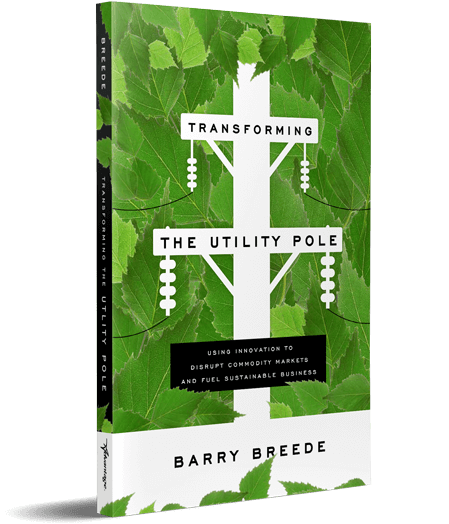Choosing the Right Innovation to Pursue: Most people don’t think much about the life of a utility pole or what happens to it when its life has concluded. For utilities, the end of a pole’s life simply meant hauling it off to be disposed. In recent years however, the industry has been forced to address the increasingly problematic factors associated with traditional disposal methods.
At the time of our innovation process (to provide alternative disposal), landfill costs were going up, all while state legislatures were handing down new rules about how to handle waste. The utilities were clearly feeling the pressure to find a more sustainable model for disposing of poles, but the options just weren’t there; it was clearly an area that called for reform, and no one else was really working on it.
As I discuss in a separate post, we heard the market speak and responded with a solution that our business could reasonably provide; it’s what led to offering a service that recovered and disposed of old poles, reels, pallets, and pretty much any other wood-related waste.
The development of this service exemplifies the possible outcomes of the type of focused innovation program we had set out to implement. Compared to the other areas of innovation that resulted from strategic planning sessions, this initiative would allow us to leverage the resources and processes we already had in place – which meant we wouldn’t be required to make enormous changes in how we conducted business, at least initially. Logistically speaking, disposal was a natural area for us to move into, because we knew we could take control of it and have an impact, whereas the other areas of innovation further upstream in the product life cycle were further outside our domain of capability.
For example, we had the trucking assets already in place that could pick up used poles and dispose of them. The thinking was basically this: “Well, we already make the poles, transport them, and drop them off; why don’t we just pick up any used poles while we’re already in the field and figure out the best thing to do with them, so that the utility doesn’t have to?”
Rather than taking a drastic leap into a totally new area, choosing an innovation that would work in tandem with our basic business model as it already existed, and with the services we were already offering would create greater success more quickly.
Take this same approach with your business; take an in-depth look into your life cycle and determine areas that can be improved, maximized or even transformed leveraging the infrastructure you already have in place. Doing so can provide value to you and your customer. Learn more by visiting, barrybreede.com.

